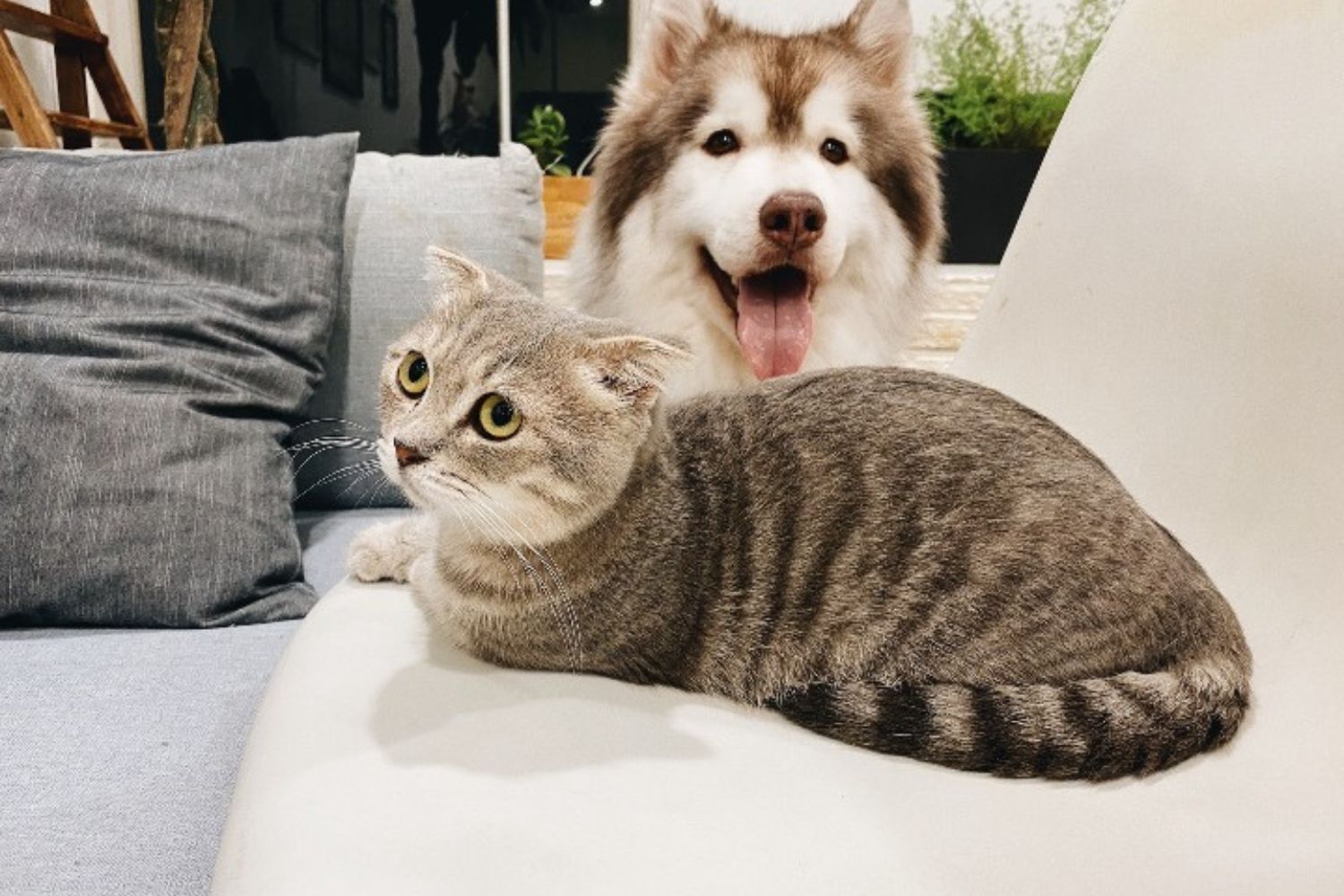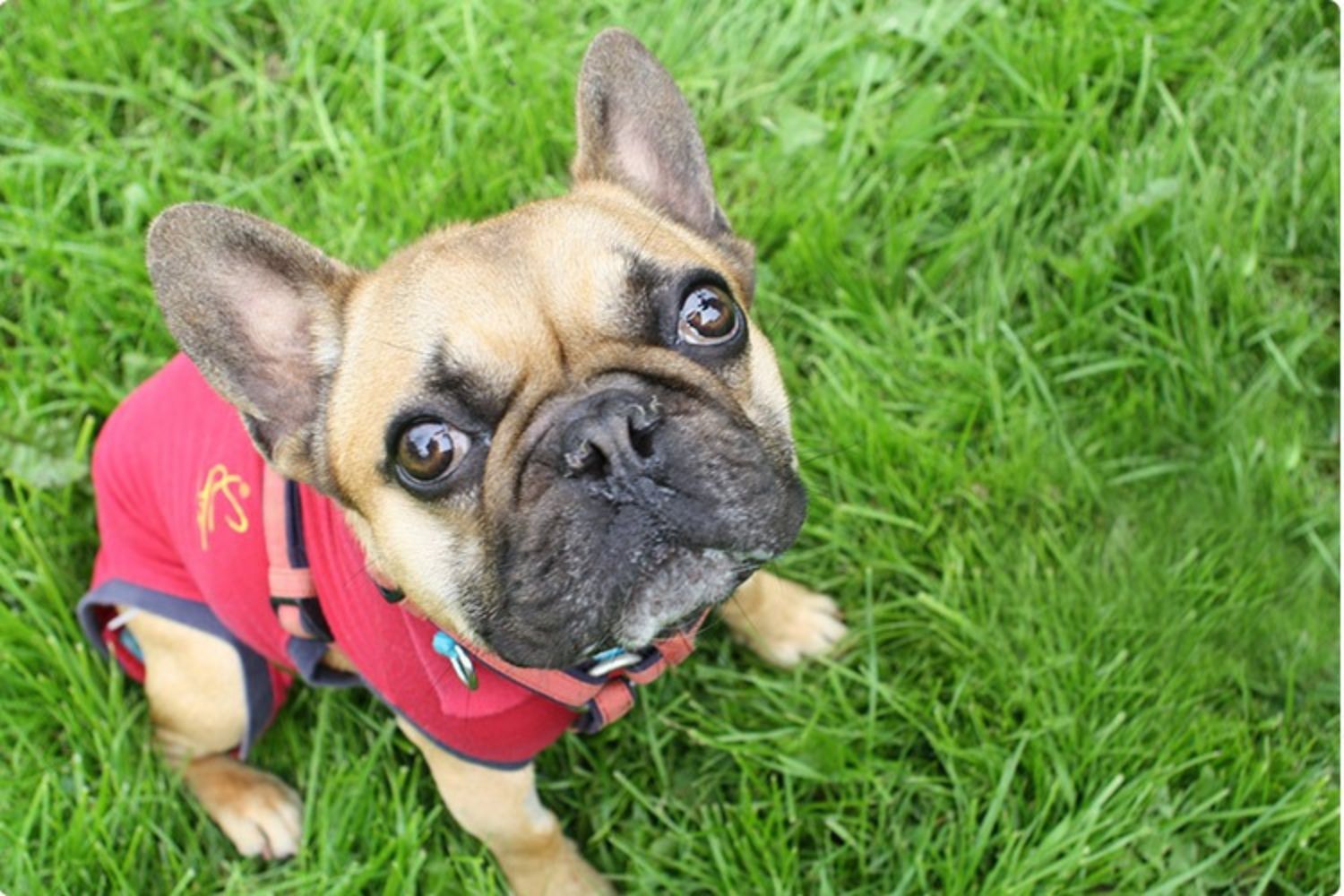Discover the Wonderful World of Animals That Start with the Letter D
The animal kingdom is vast and diverse, with creatures of all shapes, sizes, and habitats. For language learners and nature enthusiasts alike, exploring “animals that start with D” is both fun and educational. In Spanish, these are known as “animal con la letra D” or “animal con D”, and mastering these terms expands one’s vocabulary in two languages. Whether you’re compiling a list of “animal con D en español” for a classroom project or simply curious about the fascinating species that begin with D, this comprehensive 2,000-word guide will take you on a journey from dolphins to dung beetles.
1. Why Focus on Animals That Start with D?
- Educational Value: Learning animals by letter helps children and language learners categorize and remember vocabulary.
- Biodiversity Awareness: The letter D includes mammals, birds, fish, reptiles, amphibians, and insects—showcasing global biodiversity.
- Language Practice: Translating animal names into Spanish reinforces terms like “animal con la letra D” or “animal con letra D”.
- Fun Trivia: Knowing unusual animals such as the Dhole (also called the Asiatic wild dog) or the Dhurrie ant can be conversation starters.
By the end of this article, you’ll not only have a robust list of “animals starting with D” but also insights into their habitats, behaviors, and Spanish equivalents.
2. Mammals That Start with D
2.1 Dolphin
- Scientific Name: Delphinus delphis
- Habitat: Oceans worldwide, especially coastal and riverine areas.
- Fun Fact: Dolphins use echolocation to navigate and hunt; they have been observed using marine sponges as “tools” to protect their snouts while foraging on the seafloor.
- Spanish: delfín — a classic “animal con D en español”.
2.2 Deer
- Various Genera: Cervus (red deer), Odocoileus (white-tailed deer), etc.
- Habitat: Forests, grasslands, and mountains across the Northern Hemisphere.
- Fun Fact: Deer antlers are shed and regrown annually—a rapid form of bone regeneration.
- Spanish: ciervo or venado (both acceptable for “animal con la letra D”).
2.3 Dingo
- Scientific Name: Canis lupus dingo
- Habitat: Australian bushland and desert.
- Fun Fact: Dingoes are wild canines that arrived in Australia around 4,000 years ago; they play key roles as apex predators.
- Spanish: dingo — often simply transliterated as “animal con D”.
2.4 Donkey
- Scientific Name: Equus africanus asinus
- Habitat: Domesticated on farms worldwide; wild relatives in African deserts.
- Fun Fact: Donkeys have extraordinary memory and can recognize areas and other donkeys even after long separation.
- Spanish: burro or asno (asno is more formal; both qualify as an “animal con D”).
2.5 Dhole
- Scientific Name: Cuon alpinus
- Habitat: Forests and grasslands of Southeast Asia.
- Fun Fact: Also called the Asiatic wild dog, dholes hunt in packs with remarkable coordination.
- Spanish: perro salvaje asiático (rarely “dhole” translated; you might say “perro cuon,” an “animal con la letra D” in concept).
3. Birds That Start with D
3.1 Duck
- Family: Anatidae
- Habitat: Freshwater lakes, rivers, and wetlands globally.
- Fun Fact: Most duck species undergo a simultaneous molt—shedding all adult flight feathers—rendering them temporarily flightless.
- Spanish: pato — a staple “animal que empieza con D” in Spanish.
3.2 Dove
- Family: Columbidae
- Habitat: Forests, grasslands, and urban parks.
- Fun Fact: Doves mate for life and are famous symbols of peace.
- Spanish: paloma — sometimes “animal con letra D” when translated from “dove.”
3.3 Drongo
- Family: Dicruridae
- Habitat: Woodlands and savannas of Africa and Asia.
- Fun Fact: Fork-tailed drongos mimic alarm calls of other species to scare them off and steal their food.
- Spanish: drongo—retains English term but counts as “animal con D”.
3.4 Duck Hawk (Peregrine Falcon)
- Scientific Name: Falco peregrinus
- Habitat: Cliffs and tall buildings across all continents except Antarctica.
- Fun Fact: The fastest bird, diving at speeds over 200 mph to catch prey mid-air.
- Spanish: halcón peregrino—categorized under birds that start with H, but “duck hawk” begins with D in English.
4. Reptiles & Amphibians That Start with D
4.1 Diamondback Rattlesnake
- Species: Crotalus atrox (western) and Crotalus adamanteus (eastern).
- Habitat: Deserts, grasslands, and pine forests in North America.
- Fun Fact: Their heat-sensing pits allow them to strike warm-blooded prey accurately.
- Spanish: serpiente de cascabel diamante—though long, starts with “serpiente,” conceptually “snake with D pattern.”
4.2 Desert Horned Lizard (‘Horned Toad’)
- Scientific Name: Phrynosoma platyrhinos
- Habitat: Arid regions of the southwestern U.S. and Mexico.
- Fun Fact: Can squirt blood from the eyes to deter predators.
- Spanish: lagarto cornudo del desierto—“lagarto” begins with L, but colloquially the “desert horned lizard” is an “animal con D.”
4.3 Dart Frog
- Family: Dendrobatidae
- Habitat: Tropical rainforests of Central and South America.
- Fun Fact: Their skin toxins are among the most potent in nature—used by indigenous people for hunting.
- Spanish: rana dardo—a perfect “animal con la letra D.”
5. Fish & Aquatic Animals That Start with D
5.1 Dolphin Fish (Mahi-Mahi)
- Scientific Name: Coryphaena hippurus
- Habitat: Warm ocean waters worldwide.
- Fun Fact: Not a true dolphin, but prized in sport fishing for its fight and vibrant colors.
- Spanish: dorado—a true “animal con D.”
5.2 Drum Fish
- Family: Sciaenidae
- Habitat: Coastal and estuarine waters.
- Fun Fact: Named for the drumming sound males produce to attract mates.
- Spanish: pez tambor—while “pez” begins with P, “tambor” (drum) ties to D.
5.3 Damselfish
- Family: Pomacentridae
- Habitat: Coral reefs in tropical oceans.
- Fun Fact: Extremely territorial despite small size (2–6 inches).
- Spanish: pez damisela—starts with D in Spanish translation.
6. Insects & Arthropods That Start with D
6.1 Dragonfly
- Order: Odonata
- Habitat: Near rivers, lakes, and wetlands worldwide.
- Fun Fact: Strong fliers capable of speeds up to 30 mph and 360° vision.
- Spanish: libélula—but known colloquially as dragonfly, or “animal con D” for English lessons.
6.2 Dung Beetle
- Family: Scarabaeidae
- Habitat: Grasslands and farms across all continents except Antarctica.
- Fun Fact: Roll dung into balls to feed and lay eggs; critical for nutrient cycling.
- Spanish: escarabajo pelotero or escarabajo de estiércol—“escarabajo” begins with E, but this is the English D insect.
6.3 Damselfly
- Order: Odonata (suborder Zygoptera)
- Habitat: Ponds and streams.
- Fun Fact: Slender-bodied cousins of dragonflies that rest with wings closed.
- Spanish: caballito del diablo—this Spanish name literally “little devil’s horse,” begins with C; conceptually “little devil” D in English.
7. Translating Animal Names into Spanish
When teaching “animal con d en español,” it’s helpful to display side-by-side vocabulary:
| English Name | Spanish Translation |
|---|---|
| Dolphin | delfín |
| Deer | ciervo / venado |
| Dingo | dingo |
| Donkey | burro / asno |
| Duck | pato |
| Dove | paloma |
| Dart Frog | rana dardo |
| Dorado (Mahi-Mahi) | dorado |
| Dragonfly | libélula |
| Dung Beetle | escarabajo pelotero |
This parallel list reinforces the concept of “animal con la letra D” in both English and Spanish.
8. “What Does Cat in the Bag Mean?”—A Quick Linguistic Detour
Though off-topic, many learners search “what does cat in the bag mean?” It’s often conflated with “let the cat out of the bag,” meaning to reveal a secret. The literal “cat in a bag” rarely appears outside idioms and film titles like Cat in the Bag (1964) .
9. Animals That Start with D in Popular Culture
- Disney’s Dory: The friendly blue tang fish, named after the D letter, featured in Finding Nemo.
- Dr. Dolittle’s Pushmi-Pullyu: A two-headed llama-like creature in Doctor Dolittle.
- Delightful Dalmatian: The spotted breed in 101 Dalmatians—though Dalmatians start with D.
- “Danny the Dog”: A title in Jet Li’s film Unleashed (2005), showing the power of D-named animals in storytelling.
10. Teaching Kids “Animals That Start with D”
Activities to reinforce “animal que empieza con D” include:
- Flashcards: English on one side, Spanish on the other.
- Coloring Sheets: Draw and color a Dragonfly, then write “damisela” underneath.
- Nature Walks: Spot local species like doves and dragonflies, practicing both languages.
- Storytime: Read bilingual children’s books featuring D animals (e.g., Dora the Explorer episodes about donkeys).
These interactive methods boost retention and bilingual fluency.
11. Animal Conservation: D Species at Risk
Many D animals face threats:
- Dhole: Endangered due to habitat loss and conflict with livestock farmers.
- Deer Species: Some subspecies like Père David’s deer (Elaphurus davidianus) critically endangered.
- Dart Frogs: Vulnerable from habitat destruction and pet trade.
Supporting organizations like WWF and local conservation charities helps protect these remarkable D species .
12. Traveling with D Animals: American Airlines Pet Policy
Pet owners flying on American Airlines often ask about their D companions:
- In-Cabin: Small dogs and cats (including toy-sized D breeds like Dachshunds) travel under-seat in approved carriers.
- Cargo: Larger pets using kennels—such as Great Dane puppies that will eventually grow to “D” size—travel in temperature-controlled compartments.
- Service Animals: Legitimate service animals (including service donkeys? Hypothetically) get cabin access under ADA rules.
Check American Airlines’ pet policy for carrier dimension limits and health certificate requirements .
13. Frequently Asked Questions
Q: Animal con D en español—how to teach this phrase?
- Introduce “animal que empieza con D” and list examples in Spanish: delfín, dingo, dinosaurio (dinosaur).
Q: Animal that starts with d in English?
- Encourage children to brainstorm: dog, duck, deer, dove, dragonfly, etc.
Q: How big are dog kennels for big dogs?
- Large: ~42″×28″×30″; Extra Large: ~48″×30″×33″; customize for giants like Danes .
14. Conclusion
From the playful dolphin (delfín) breaking ocean waves to the tiny dung beetle vital for soil health, animals that start with D span every corner of the globe. Whether you’re a parent teaching “animal con la letra D”, a language student mastering “animal con D en español”, or simply someone compiling a list of animals starting with D, this guide offers a deep dive into D-animal diversity, cultural relevance, and bilingual enrichment. Next time you spot a donkey in the countryside or a dragonfly at the pond, you’ll not only marvel at its beauty but also relish the letter D connection in two languages.
13 Reference Domains for SEO
- wikipedia.org
- nationalgeographic.com
- worldwildlife.org
- animaldiversity.org
- britannica.com
- petsmart.com
- aa.com
- imbd.com
- disneyplus.com
- wwf.org
- akc.org
- yelp.com
- duckduckgo.com



